On Sunday I travelled to La Defense, the major business district of Paris located at its Western border. Though architecturally fascinating since the district's glass and steel skyscrapers sharply contrast with the rest of neoclassical Paris, I was not there to stare up into the sky at huge buildings. I was interested in what was below them.
I had found out several days prior that a small street dance competition would be taking place at La Defense train station. I came across this intel while on Facebook researching another street dance competition, Who Iz Who?, a massive battle taking place in Paris in two weeks. Organizers expect over 4,000 street dancers from all over Europe to converge on the City of Lights for their chance to shine. A smaller battle, Who Iz Underground, would take place at La Defense in anticipation of this main event.
When I arrived at the station, as usual, I had no idea where to find the scene. I wandered all over the massive station and above it for nearly an hour, seeking some hint of Hip Hop. The Facebook announcement for the event simply said La Defense; clearly this was a rendezvous for insiders. I finally came across a pair of athletically-built teens, suited up in slim fit jeans, Pumas with fat laces, and fitted caps, backpacks slung over their shoulders. They seemed to be b-boys (or breakdancers), so as is routine for me at this point, I followed them.
They walked down an empty corridor, passing rows of closed shops and boarded up walls from ongoing construction, Slowly, however, there began to be more youth along the way, lacing up and stretching out--an auspicious sign. I followed them around a corner, and I was greeted by a sight to behold: a dense mass of Hip Hop kids crowded into a tight recess of the station and completely engrossed by the dancers at the center of the cypher.
I have never experienced anything quite like it. I've been to street dance competitions all over the U.S., Japan, Germany, and Sweden that take place in concert venues, clubs, gymnasiums, and even churches. These events often charge entry and are formally organized with fiscal sponsors and everything, much like concerts, but this was something different.
This was more like a flash mob, a takeover of semi-public/semi-private space, where the 100 or so people merely assembled at the given time and used the available space to carry out a cultural ritual with or without permits. There was no money exchanging hands, no sponsors or banners, no spectators or tourists, no seats.
There wasn't even a DJ with turntables. Instead, a man at the center of the crowd scrolled through his iPhone playlist and blasted beats through a guitar amp. It all felt very improvised, very Hip Hop. I wouldn't have been surprised to see that amp jury rigged to some cables and stealing electricity from a streetlight.
This guerrilla-style attitude manifested itself into the intensity of the crowd as everyone there watched with bated breath, ready to erupt for every bold new move, every athletic display of creativity. The energy was electric. They also didn't seem to notice or simply didn't care when alarms went off every time someone got too close to the closed shops at this end of the station. At the same time though, the police never showed up either, and so the competition continued unbeknownst to the tourists above ground and the travelers passing through the station.
I was later told that like Les Halles, street dancers congregate at this far end of La Defense every other night of the week after all the businesses close. They use storefront windows as mirrors, creating makeshift studios at every stall. The dancers are peaceful and so are hardly ever dispersed by the police or business owners. The battle going on Sunday simply manifested what has already been going on there for years.
That night, one-on-one tournament-style competitions took place in three street dance styles: popping, house, and what they called "new style" (contemporary Hip Hop dance). The winners of each competition, all of whom I perceived to be of Arabic ethnicity including at least one Mohamed, received a ticket to the Who Iz Who? main event in two weeks which is worth about 20 euros. The dancers competed, then, mainly for bragging rights and for the love of dance. The event itself obviously did not produce any profit and served only as an outlet for cultural expression. Ironically, all this transpired right beneath the financial district of La Defense, where a wellspring of community continues to thrive underground.
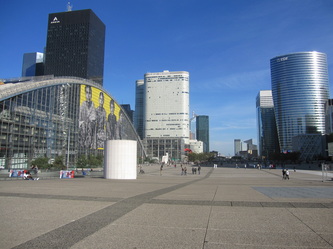


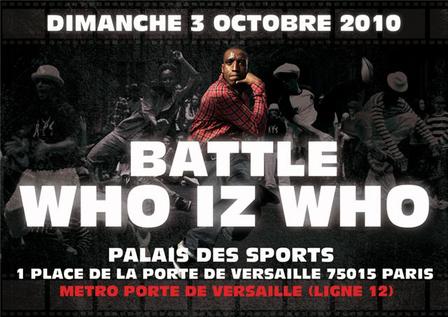

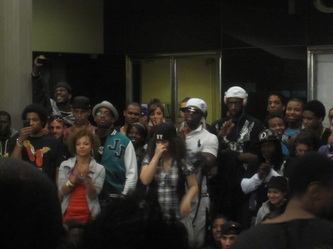

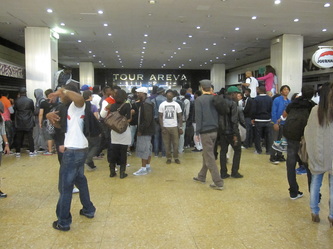
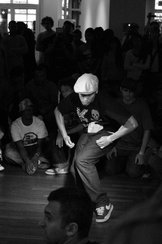
 RSS Feed
RSS Feed